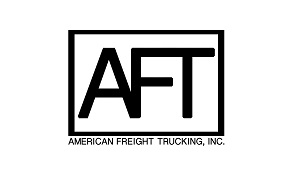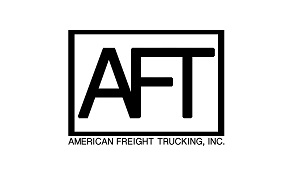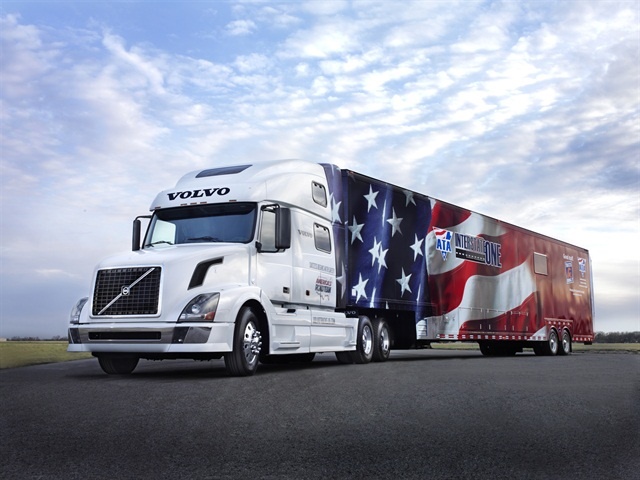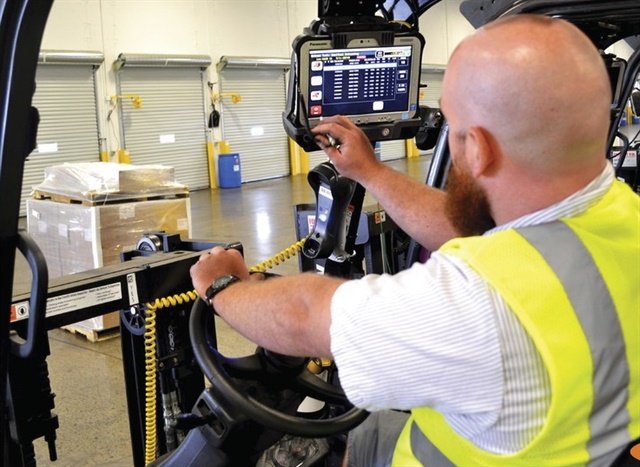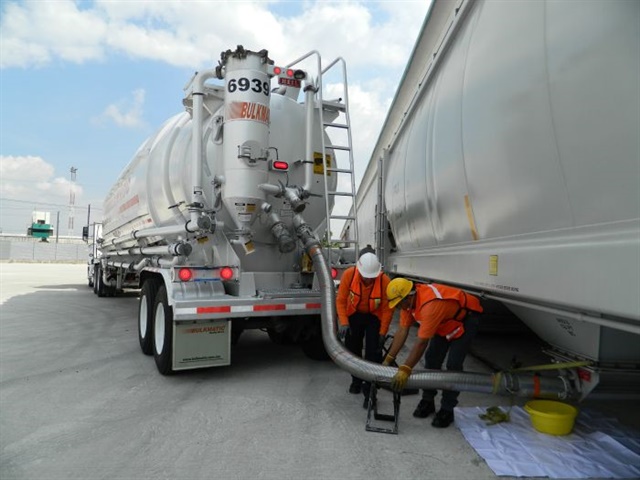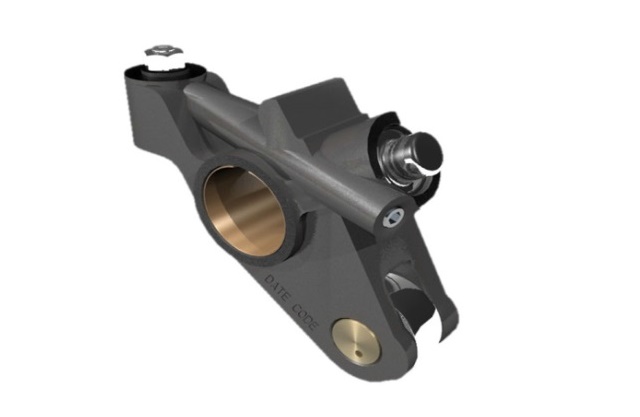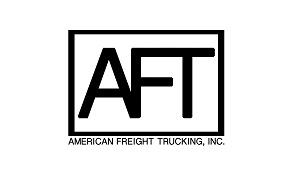<img width="150" src="http://www.automotive-fleet.com/fc_images/articles/m-tankers1-1.jpg" border="0" alt="
Bulkmatic Transport is retrofitting all 1,300 trailers with LED GloLight tail lamps for better visibility and reliability. Photo: Optronics
">
Bulkmatic Transport is retrofitting all 1,300 trailers with LED GloLight tail lamps for better visibility and reliability. Photo: Optronics
">Owners of tank trailers keep them a long time. All the more reason to make sure when you buy a new one, you're getting the best possible trailer for your operations for the price — the most “bang for your buck,” says Dan Flanagan, vice president of maintenance for Bulkmatic Transport, the largest dry bulk carrier in North America.
“You need to check with your vendors, with trailer makers, every year, because things change,” he says, with advancements in everything from suspensions and landing gear to upper couplers and metal thickness of the vessels. “To think that you can order the same vessel or pneumatic trailer every year – you can't. You've got to find out what's out there every year and if it's worth it.”
Fleets want a trailer that's going to be reliable over a long life, but other key areas to examine in the spec'ing process include safety, lightweight options, and fuel efficiency.
Safety“In general, tanker fleets are very interested in safety technology, and especially so within the hazmat sector,” says Polar's Koll. “Tanker fleets in general gravitate to the high end of technology when it comes to spec'ing components on trailers, both for safety and longevity.”
Tank trailer buyers are increasingly spec'ing such items as roll stability, antilock brakes, air disc brakes, and better lighting.
Rollovers are a concern with tankers because of the high center of gravity, so Koll says Polar continues to work to design trailers with lower centers of gravity.
Roll stability control is standard on all of Wabash's trailer brands — Walker, Beall, Brenner and Bulk, notes Jim Miller, vice president of sales for Wabash National's tank trailer business, and he says customer requests for disc brakes are on the rise.
At
